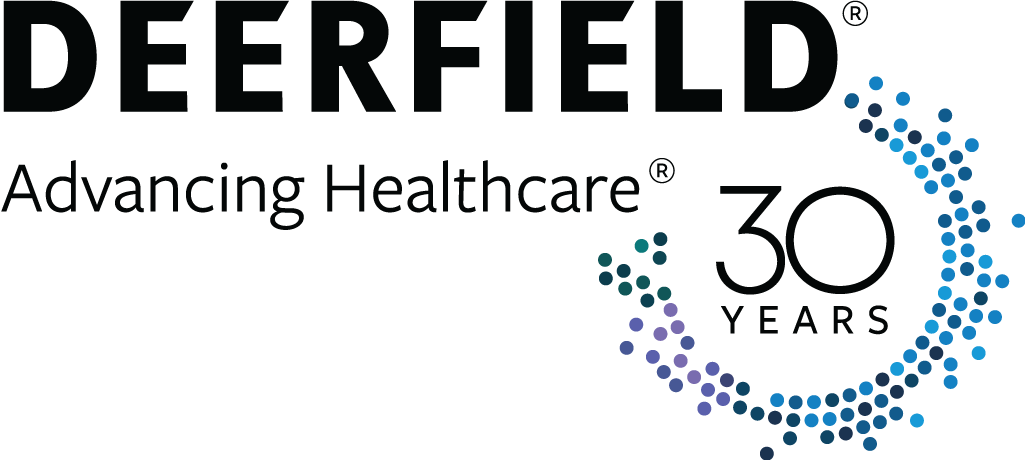Aspirin therapy has been shown to be an effective prevention measure to reduce the risk of new or recurring cardiovascular events. The aim of this study was to provide an epidemiological analysis of low-dose aspirin use for primary and secondary CVD prevention from 2012 to 2015. Estimates of self-reported low-dose aspirin use for primary and secondary CVD prevention were obtained from the National Health Interview Survey for the years 2012–2015. Temporal changes in the prevalence of aspirin use for primary and secondary CVD prevention were assessed using logistic regression. During 2012–2015, 23.3% of respondents self-reported as taking aspirin for primary CVD prevention, decreasing from 23.7% in 2012 to 21.8% in 2015. Also during this period, 8.4% self-reported as taking aspirin for secondary CVD prevention, decreasing from 8.9% in 2012 to 8.2% in 2015. Overall, the prevalence of aspirin use for CVD prevention declined from 32.6% in 2012 to 30.0% in 2015. This study shows that over 30% of the adult population self-reports as taking low-dose aspirin for primary or secondary CVD prevention. Despite the decline in this prevalence over the previous four years, aspirin therapy remains a highly-utilized means of preventing CVD.


Launched in 1994, Deerfield Management Company is an investment firm dedicated to advancing healthcare through information, investment, and philanthropy—all toward the end goal of cures for disease, improved quality of life, and reduced cost of care.
Read More
Investment
Supporting companies across the healthcare ecosystem with flexible funding models…
Read MoreFeatured
Genscience and Deerfield Management Announce Nature Publication Reporting Positive Impact of Genetic Evidence to Aid Discovery of More Effective Drug Targets CURE OPENS XSEED AWARD APPLICATIONS TO SUPPORT UNDERFUNDED AND UNDERREPRESENTED NYC LIFE SCIENCE STARTUPS WITH UP TO $500,000 Washington University and Deerfield Management Launch VeritaScience to Drive Drug Discovery
Portfolio Companies
Deerfield generally maintains a combined portfolio of more than 150 private and public investments across the life science, medical device, diagnostic, digital health and health service industries at all stages of evolution from start-up to mature company.
Read More View Portfolio Companies
Research Collaborations
Deerfield partners with leading academic research centers, providing critical funding and expertise to further sustain and accelerate the commercialization of discoveries toward meaningful societal impact by advancing cures for disease.
Read More View Research Collaborations
Strategic Partners
As a strategic partner, Deerfield offers capital, scientific expertise, business operating support, and unique access to innovation.
Read More
Deerfield Foundation
The Deerfield Foundation is a New York City-based not-for-profit organization whose mission is to improve health, accelerate innovation and promote human equity.
Read More Meet the Foundation TeamFoundation Partners by Focus
Children's Health Diversity Initiatives Maternal Health View AllFounded Diversity Programs
Break into the Boardroom Fellowships Women in Science
Cure Campus
Cure is a 12-story innovations campus in New York City that intends to bring together innovators from academia, government, industry, and the not-for-profit sectors to advance human health and accelerate the fight against disease.
Read More Join the Cure Email ListCure Programming
Cure has a series of expert lectures intended to advance thought in healthcare, management, innovation, policy, and other relevant subjects. This fosters growth and education for those at Cure and its guests.
Events at the Cure

